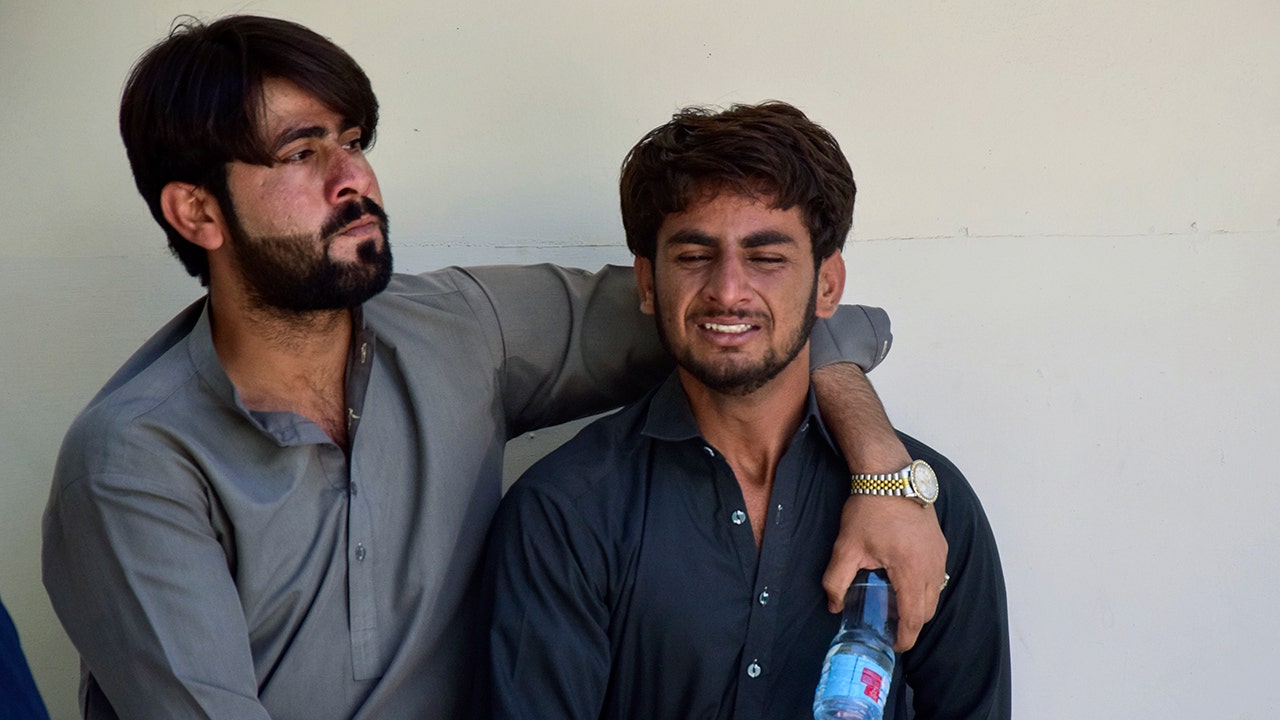A deadly Israeli strike on an aid convoy run by World Central Kitchen in Gaza is already setting back attempts to address a hunger crisis in the territory, with aid groups saying they are being more cautious about making deliveries and at least two suspending operations.
In the wake of the attack that killed seven of its workers, World Central Kitchen stopped its work in Gaza and sent three ships with hundreds of tons of food back to port in Cyprus. The food was meant to be unloaded at a makeshift jetty in northern Gaza that was built by the group, which says it has provided 43 million meals to Gazans since the start of the war.
Gaza faces what United Nations officials say is a man-made humanitarian crisis, as the war and Israeli restrictions on aid have caused severe hunger that experts say is approaching famine. The most dire shortages are in northern Gaza, and aid groups say that, in the short term at least, the killing of the aid workers will make things worse there.
“Humanitarian aid organizations are unable to carry out their work safely,” the International Committee of the Red Cross said on Wednesday.
Another aid group, American Near East Refugee Aid, or Anera, which said it had operated in the Palestinian territories for more than 55 years, also announced that it was suspending its work in Gaza. The United Nations has stopped movement at night for at least 48 hours from Tuesday to evaluate security, the organization’s spokesman, Stéphane Dujarric, told reporters according to Reuters.
The U.N.’s World Food Program is still operating by day, he said. “As famine closes in we need humanitarian staff and supplies to be able to move freely and safely across the Gaza Strip,” Reuters reported him as saying on Wednesday.
The World Food Program and UNRWA, the main U.N. agency that supports Palestinians, have long said that they face unacceptable hurdles in delivering aid, including Israeli restrictions on deliveries and lawlessness in northern Gaza.
“Our staff have guided our work, and they, themselves, feel like there’s a target on their backs,” Sandra Rasheed, Anera’s country director in Gaza and the West Bank, told the Al Jazeera network.
Michael Capponi, the founder of Global Empowerment Mission, a nonprofit aid group, said he was reconsidering his plans to travel to Gaza next week. Some staff members “basically want to pack up and go home now,” he said.
Gaza has faced an Israeli blockade for more than a decade, backed by Egypt, but since the war started in October, residents said the amount of food available has fallen dramatically.
“No aid or anything comes down to us,” Rawan al-Khoudary, who lives in northern Gaza, said in an interview. She said in an interview that her baby, Anwar, had died a few weeks ago, in part because of a lack of nutrition. Another resident of northern Gaza, Ezzeldine al-Dali, 22, said that his family had only received one bag of flour in aid, which had lasted a few days.
In recent weeks, the United States, other countries and aid groups have increased pressure on Israel to allow more aid to enter Gaza, a territory of more than two million people. Israel, which announced a siege of Gaza at the start of the war, says it places no limits on the amount of aid that can go into the territory, but wants to prevent food or other supplies from falling into the hands of Hamas.
Countries including the United States, France, Jordan and Egypt have increased their use of airdrops to get aid into Gaza, and the World Central Kitchen ships were part of a multinational plan to create a maritime route that would deliver aid from Cyprus. As part of the effort to increase maritime shipments, the United States military is building a temporary pier on Gaza’s coast, but that will take weeks.
The United Nations says that the only effective way to ramp up aid sufficiently is by truck.
Figures from the United Nations show that the number of aid trucks entering Gaza through the two main crossing points, Kerem Shalom and Rafah, which are both in the southern part of the enclave, increased in March by nearly 75 percent compared with February.
Overall, however, an average of around 117 aid trucks have entered Gaza each day since Oct. 7, down roughly 75 percent from prewar figures, the U.N. data show. The World Food Program estimates that 300 trucks of food are needed daily to begin to meet people’s basic food needs.
Despite the short-term difficulty, the strike could galvanize a push for a cease-fire, said Jan Egeland, secretary general of the Norwegian Refugee Council and a former U.N. emergency relief coordinator.
He said it could also push governments to intensify efforts to protect aid workers, press for more entry points for aid and speak out more strongly against Israel’s planned invasion of Rafah, the southern Gaza city where more than a million people have gathered in an attempt to escape the fighting.
The aid workers were part of a growing number killed in Israel’s bombardment, with 203 killed since the war began, most of them Palestinian, according to the Aid Worker Security Database.
“The international aid workers have gotten more attention than the previous 200 Palestinian aid workers killed, which is of course tragic,” Mr. Egeland said. “But this could provide the watershed moment we have been hoping for.”
Hiba Yazbek contributed reporting.






